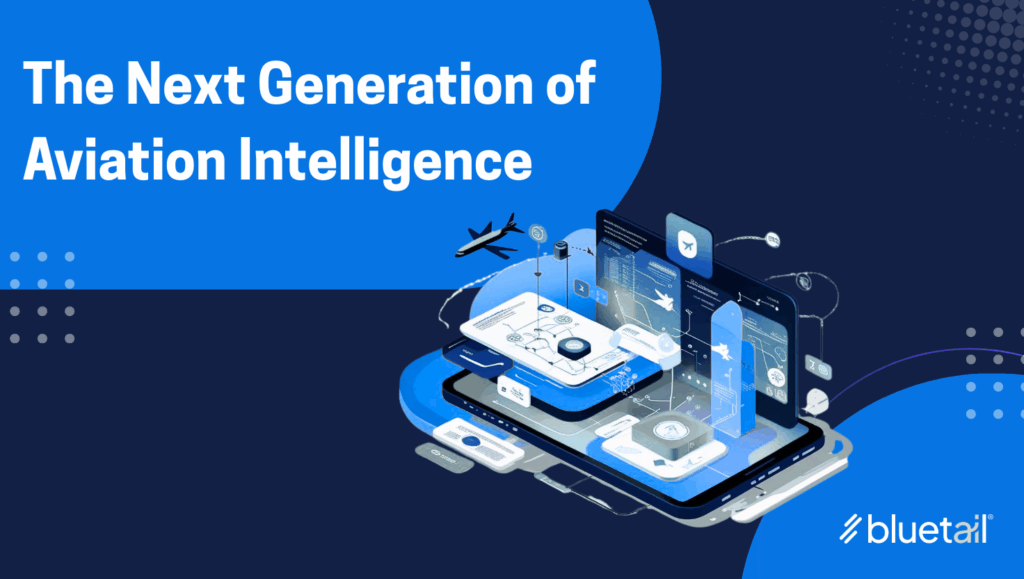
At a macro level, our society has undergone a profound economic evolution—from the manual labor of agricultural economies to the mechanized efficiency of industrial economies, and now to the interconnected, data-driven landscape of the informational economy. Each transition has brought about sweeping changes in how we work, communicate, and manage information. In aviation, this shift is especially evident as the industry moves away from paper-based systems toward digital records, reflecting the broader need for speed, accuracy, and accessibility in an era defined by information.
As this new information age is ushered in, it’s worth pointing out that the business aviation sector has often served as a proving ground for new technologies which were subsequently adopted by commercial aviation (e.g. airlines, cargo carriers, etc.) This is primarily due to BizAv’s flexibility, faster adoption cycles, and high-end clientele willing to pay for cutting-edge features. Some primary examples include winglets, GPS navigation, synthetic vision systems (SVS), heads-up displays (HUDs) and fly-by-wire (FBW) advanced flight control systems. That’s an impressive list!
So, given its rich history, how is business aviation doing as it relates to this digital transformation? Are they once again making huge technological leaps soon to be adopted by their commercial brethren? For all their current talk about supersonic flight, advanced air mobility (AAM) and alternative propulsion systems – all of which have seen an enormous amount of capital investment of late – many will be surprised to learn that the change dealing with moving from paper to digital records has been stuck in neutral. But wait, didn’t this all happen at the same time pilots switched from navigating with paper approach plates to using iPads? Yeah, not so much.
Of the 35,000+ business aviation jets, turboprops and helicopters operating in North America, it’s estimated that only 20% have digital aircraft records. And, within that percentage, less than half would be considered what could be affectionately referred to as “full metal digital” (FMD). (No printing of paper, e-signature for all approvals/workflow and any paper received is immediately scanned.) The standard digital litmus test is actually pretty simple. When the FAA asks an aircraft owner or operator to demonstrate aircraft compliance, do they reach for the binder or the iPad?
So, what are some of the core elements of FMD? One could argue that Optical Character Recognition (OCR), a technology that converts images of text into machine-readable, editable text, is a key component. While it’s certainly one of the key puzzle pieces, it being mentioned in aviation technology is often nothing more than a buzzword – just like the obligatory “AI announcement” that we hear on an almost daily basis. (Fun fact: In 1914, Emanuel Goldberg, a Russian German physicist, developed a machine that could read characters and convert them into telegraph code, arguably the first OCR device. OCR technology has been around for a few minutes.)
OCR, coupled with machine learning, a modern, secure and cloud-native software architecture, intelligent workflow and, yes, AI, are at the core of what would be considered “best in class” aircraft record systems – ones that convert static paper well beyond simple electronic records. Such platforms convert digital assets into intelligent, “living data”, where previously impossible outcomes are now in the realm of possible. Further, reactive decisions are now proactive, leading to much higher accuracy, efficiency, standardization, interoperability and, probably most importantly, safer flight departments. Aviation safety will always be job number one.
Bluetail – a modern business aviation SaaS company – easily checks all of those aforementioned boxes and, to a lesser extent, a few “mom and pop” companies are also making steady progress. Just like Foreflight did for aircraft navigation, Bluetail is revolutionizing how digital aircraft records are being utilized in business aviation. Yes, commercial aviation has some players also addressing these challenges, all with varying degrees of success, but those folks should all be keeping a close eye on Bluetail’s accelerated progress. Objects in the mirror may be closer than they appear!
Banks, healthcare, finance companies and numerous other verticals are all digitally modernizing to the betterment of their industry and to ultimately gain a competitive advantage. In the next installment, we will delve deeper into how various digital advancements are specifically working their way into business aviation – and leading to greatly improved outcomes – as the “next big thing” in our information economy.